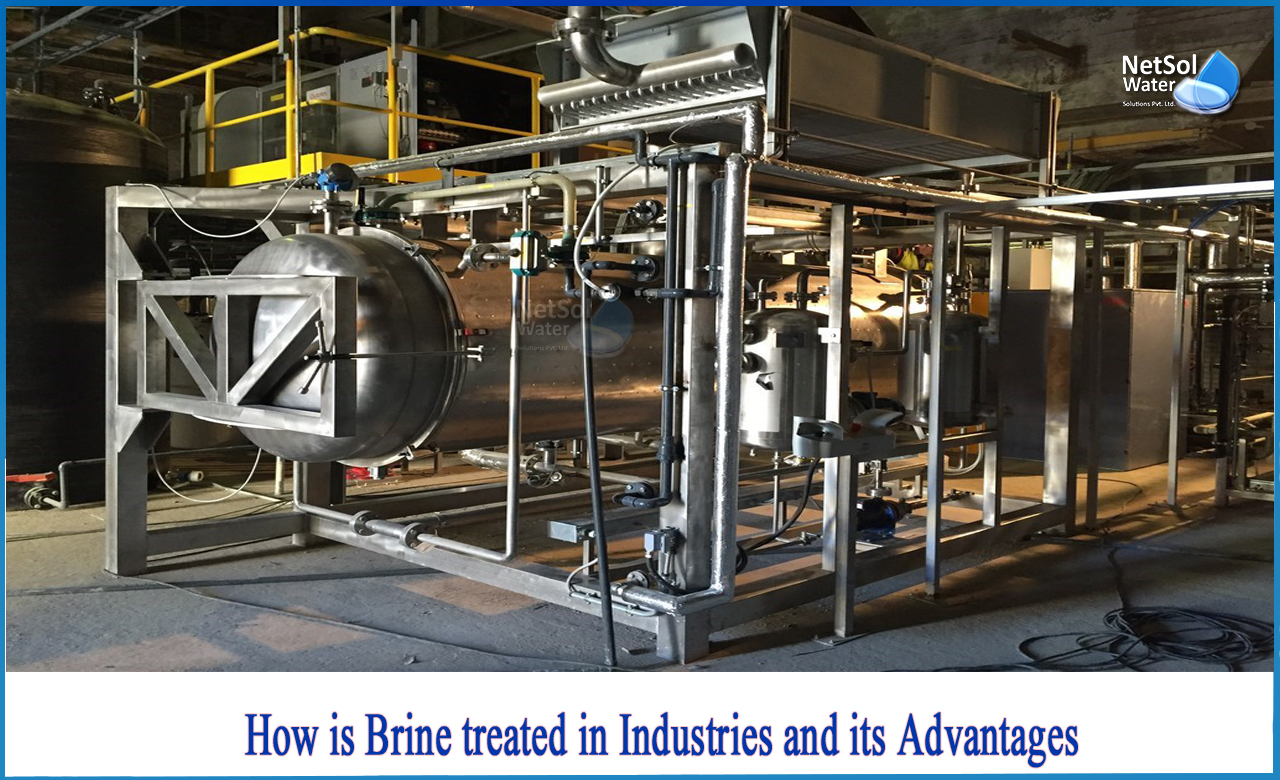How is Brine treated in industries and its advantages?
In general, "brine" refers to any solution containing an unusually high concentration of sodium chloride, which can occur naturally or as a result of industry. These by-products, often known as "brine waste" streams, are typically extremely concentrated salt solutions containing more than twice the amounts of concentrated salts found in natural brine solutions. It can also carry a variety of pollutants, which vary depending on the process from which the brine waste is generated.Because of their dynamic and complicated composition and purification needs, brine waste streams might be among the most difficult to treat or discharge.
Treatment of Brine waste
The brine is received by the plant, which then performs a triple separation to separate the organic content, salt, and water. The therapy procedure is as follows:
1: A flocculant is used to neutralize the brine;
2: The neutralized brine is treated to a settling process, which yields a wet slurry and a liquid fraction;
3: The wet slurry is centrifuged, and between 30% and 40% of solid slurry is obtained to be managed. The residual distillate is transmitted along with the liquid fraction acquired in the previous step;
4: The entire liquid component of the brine is sent through a partial evaporation process, which allows for the recovery of more than 75% of the salts. In addition, a concentrated liquid fraction is obtained and supplied to a management business;
5: The last phase could be carried out using a vacuum evaporator or a crystallizer. This method is more expensive than partial evaporation, but it produces better results, yielding more than 95 percent clean water that can be reused or discharged, as well as a high concentration of salts that can also be reused or sold. The enormous savings realized by not having to manage huge amounts of slurry and concentrated liquid fractions often justify the higher initial expenditure.
Advantages of Brine treatment
1: The brine treatment systemallows the performance, quality of the distillate and concentrate, cost, profit, and time required for a return on investment to be analysed.
2: Both the environmental effect and the economic costs that the companies must confront are lowered.
Brine Discharge into Surface Bodies of Water or Sewer Systems
If your brine passes legal criteria, discharging it into a nearby body of water or into sanitary sewers is usually the most cost-effective method of disposal. Discharge regulations or recommendations differ significantly from region to region, and are often decided on a project-by-project basis. Regulations may ban discharge for any of the following reasons:
1: Concentrations of potentially harmful elements (e.g., maximum limits for metals, salinity, or compounds);
2: Daily total mass of specific elements of concern;
3: Specific characteristics such as temperature and pH;
4: Rates of volumetric flow.
Conclusion
Treatment costs rise as the concentration of brine towards solids increase, which is why it is critical to thoroughly analyse all disposal and reuse options before implementing a technological solution.
What do we offer?
Netsol Water is a renowned producer of water and wastewater treatment plants. We have a reputation for being the top commercial RO plant manufacturer, industrial RO plant manufacturer, sewage treatment plant manufacturer, effluent treatment plant manufacturer, and much more. Aside from that, our USP is 24x7 customer assistance.
For further inquiry, or product-purchase-related questions, give us a call on +91-9650608473 or email at enquiry@netsolwater.com.



